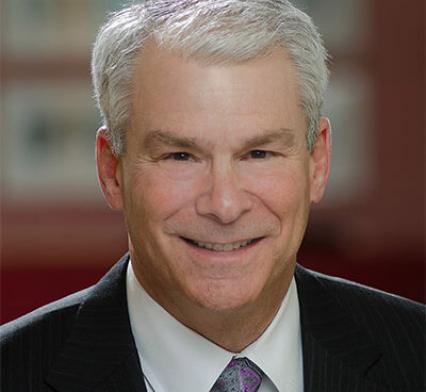People-First but with Business Sense
For office-based companies like ours at Pinnacol, we’ve seen that remote work works pretty well. Now, as leaders, we’re all deciding what that means for office space, work configurations and work policies. At the core we wonder what model will best support cultures that attract the best people and out-compete our peers.
One caution is that before jumping to the “where” of work we need to focus on the “why” and the “how.” Why will employees want to work with us? What’s the interplay between culture and where/how current and future staff work? Does it differ depending on the kind of work they do? Like most things, it’s complicated and certainly won’t be business as usual.
I recently read how Spotify is moving to a "work from anywhere" approach to work. Employees will be able to choose whether they work mostly in the office or mostly at home. I was skeptical that their focus seemed too much on “where” but as I dug into their thinking, I saw that their professional HR behaviorists thought deeply about the nexus between physical space and business culture. Their ground-up approach put it simply: “People-first but with business sense.”
They recognized that people work in different ways and teams have different needs. They put safety first and acknowledged that growing companies may not be able to have everyone in the same space given social distancing and clean air requirements. Their work design was built on an inclusive philosophy that makes it easier to hire differently-abled people from the get-go, rather than shoehorning design changes in after you’ve hired them.
This philosophy resonates with Pinnacol’s approach of asking employees for their preferences, bouncing those findings up against our business needs and public health guidance, and coming up with our approach to office re-entry.
Our survey to inform our building re-entry approach started by asking employees about their “why”: the reasons they work at Pinnacol. The leading reason, at 42%, was “work/life balance.”
We learned that almost 2/3 of our people want to remain at 100% remote work. Those who want to be back in the office at least some of the time are largely willing to work differently, in common or hoteling space as opposed to individual cubicles.
As we move ahead with reimagining our space and its intersection with our culture we know two things: we will never return to the way we worked before and we won’t get it right without a lot of experimentation. We will test our instinct that sometimes innovation needs the sparks that only come with proximity. We also want to avoid the binary choice of either remote or office. We want to create a space that welcomes those who are there all the time as well as those who dip in for team meetings and huddles, and enables the times when we need to bring everyone together, even if only briefly. We are excited about creating new ways of working that will lead to even better performance and more engaged staff.
